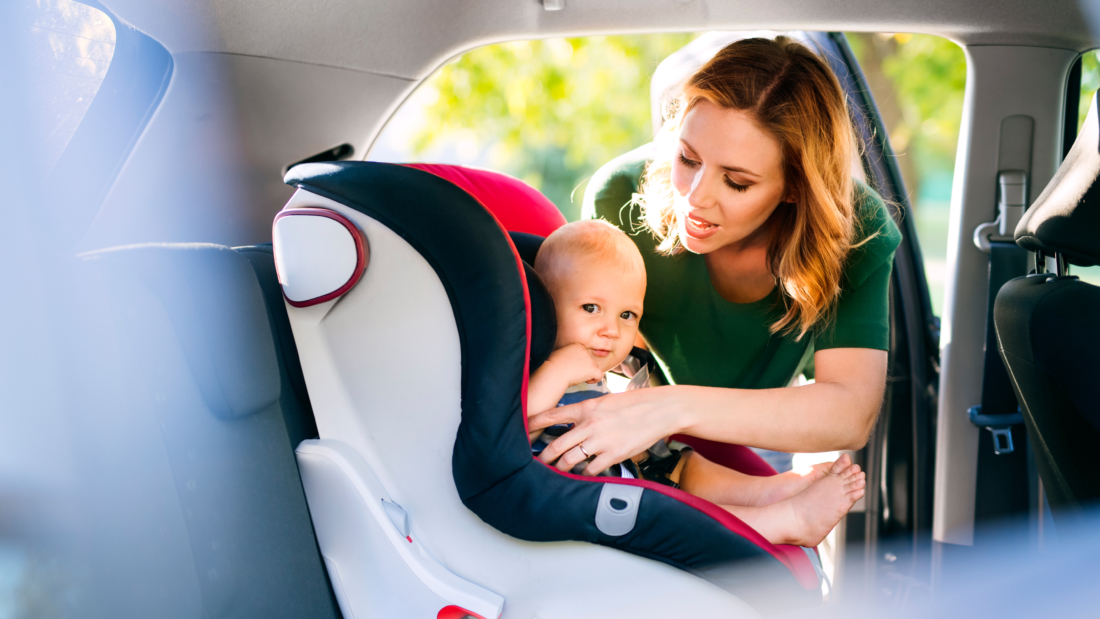There is absolutely nothing more important when it comes to the safety of our children. Luckily, advances in vehicle technology surrounding child safety are happening every day. The first thing to note when it comes to child safety seats is that there are several different types or “phases” that infants, children and toddlers go through as passengers in your vehicle. The following are the phases of child safety seats as in accordance with the American Academy of Pediatrics Guidelines:
Phase One: Rear-facing. For infants; Birth – 35+ pounds and 2+ years old. Rear-facing infant or rear-facing convertible safety seat as long as possible, up to the rear-facing height or weight limit of the seat. Must be properly installed according to instructions in the owner’s manual.
Phase Two: When children outgrow the rear-facing safety seat (minimum 2+ years), they should ride in a forward-facing safety seat as long as possible, up to the upper height or weight limit (40 – 80+ pounds) of the harnesses. Usually 4+ years old. Properly installed forward-facing in the back seat. NEVER turn forward-facing before child meets all: AGE/HEIGHT/WEIGHT requirements set by safety seat manufacturer for forward-facing.
Phase Three: After age 4 and 40+ pounds and behavior maturity*, children can ride in a booster seat with the adult lap and shoulder belt until the adult safety belt will fit them properly (usually when the child is 10 – 12 years old).
MUST have a lap/shoulder belt to use a booster seat.
*Behavior maturity required according to booster seat owner’s manual
Phase Four: Once children outgrow their booster seat (usually at 10 – 12 years old) they can use the adult lap/shoulder safety belt if it fits them properly. Lap portion low over the hips/tops of thighs and shoulder belt crosses the center of the shoulder and center of the chest.
Children are better protected the longer they can stay in each phase. Keep children in each seat up to the maximum age/weight/height limits before moving to the next phase. ALL children younger than age 13 years should ride properly restrained in the back. When purchasing a car seat, you can look for the following features to enhance your child’s safety when riding in the car:
- Seat Belt guides
- Side impact protection
- Impact protection shield
- Performance chest pads
- Lateral Headrests
- Pitch control systems
- 5-Point Harness
- Side wings
Don’t forget that you can be ticketed for improper usage or non-usage of the appropriate child safety seat. Don’t worry, though. If you have been cited for a moving violation regarding a vehicle safety restraint or if you just want to brush up on safety seat information, we recommend trying www.cheapeasyfast.com. Their online traffic school is approved for all California courts and it’s entirely free to try! Drive safely out there!
